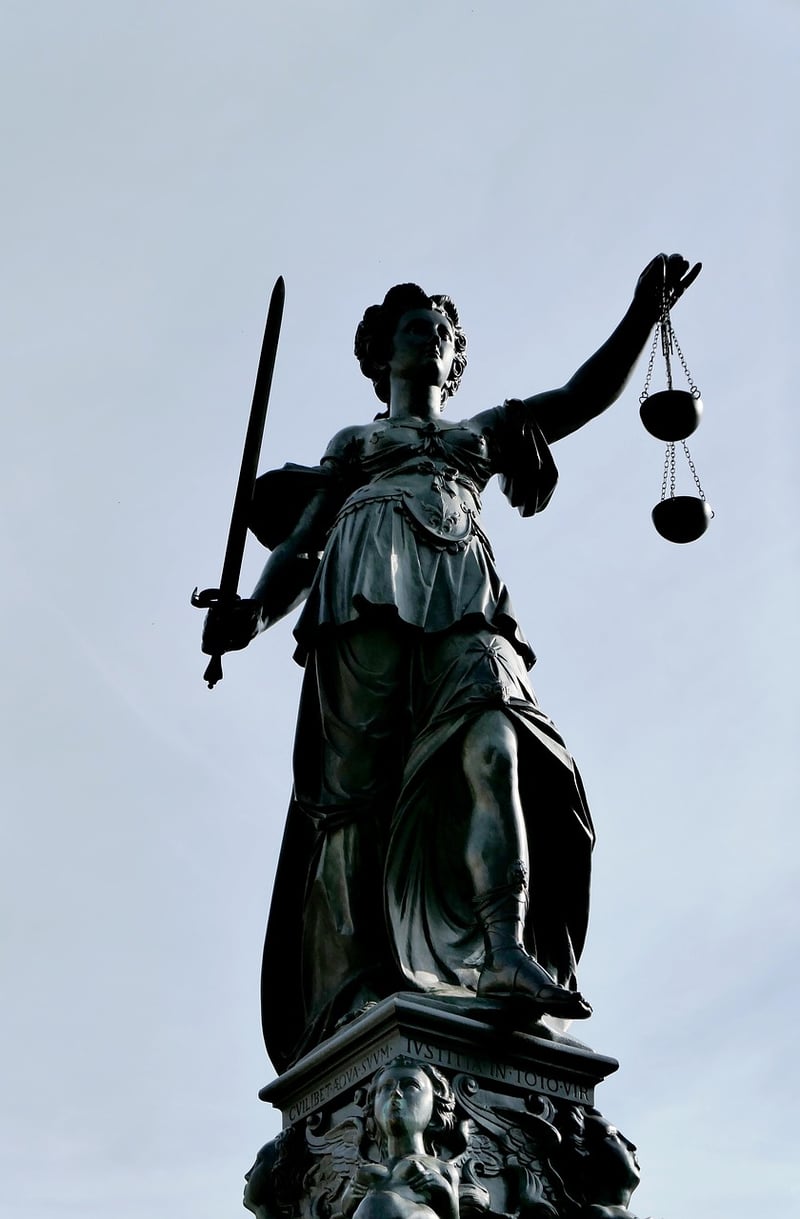Timeline Theories
Exploring Time: Concepts and Timeline Theories
Understanding Time
Time is a fundamental aspect of our existence, yet its nature has intrigued philosophers, scientists, and poets for centuries. While time is commonly viewed as a linear progression of events, its complexities go far beyond our everyday perception.
Time as a Dimension
In modern physics, time is often considered the fourth dimension, intertwined with the three spatial dimensions to form the fabric of spacetime. This concept, introduced by Albert Einstein's theory of relativity, revolutionized our understanding of the universe.
Timeline Theories
Various theories attempt to explain the nature of time and the structure of timelines. Here are a few intriguing concepts:
1. Block Universe Theory
The block universe theory posits that past, present, and future all exist simultaneously. In this view, time is akin to a block where every moment in history coexists, challenging our conventional understanding of sequential time.
2. Eternalism
Eternalism suggests that all moments in time are equally real, with the past, present, and future existing as fixed entities. This theory rejects the idea of a flowing river of time and instead presents time as a static structure.
3. Presentism
Presentism, in contrast to eternalism, argues that only the present moment is real. Past moments have ceased to exist, and the future is yet to come into being. This theory aligns more closely with our intuitive sense of time.
Visualizing Time
While these theories delve into the abstract nature of time, visual representations can help us grasp these complex concepts. Below are visualizations of different timeline theories:

Exploration and Reflection
Contemplating time and its various interpretations can lead to profound insights about our place in the universe and the nature of reality. Whether time is a fixed structure or a fluid continuum, the exploration of temporal concepts continues to captivate minds across disciplines.
Take a moment to ponder the intricacies of time and how its understanding shapes our perception of the world around us.
